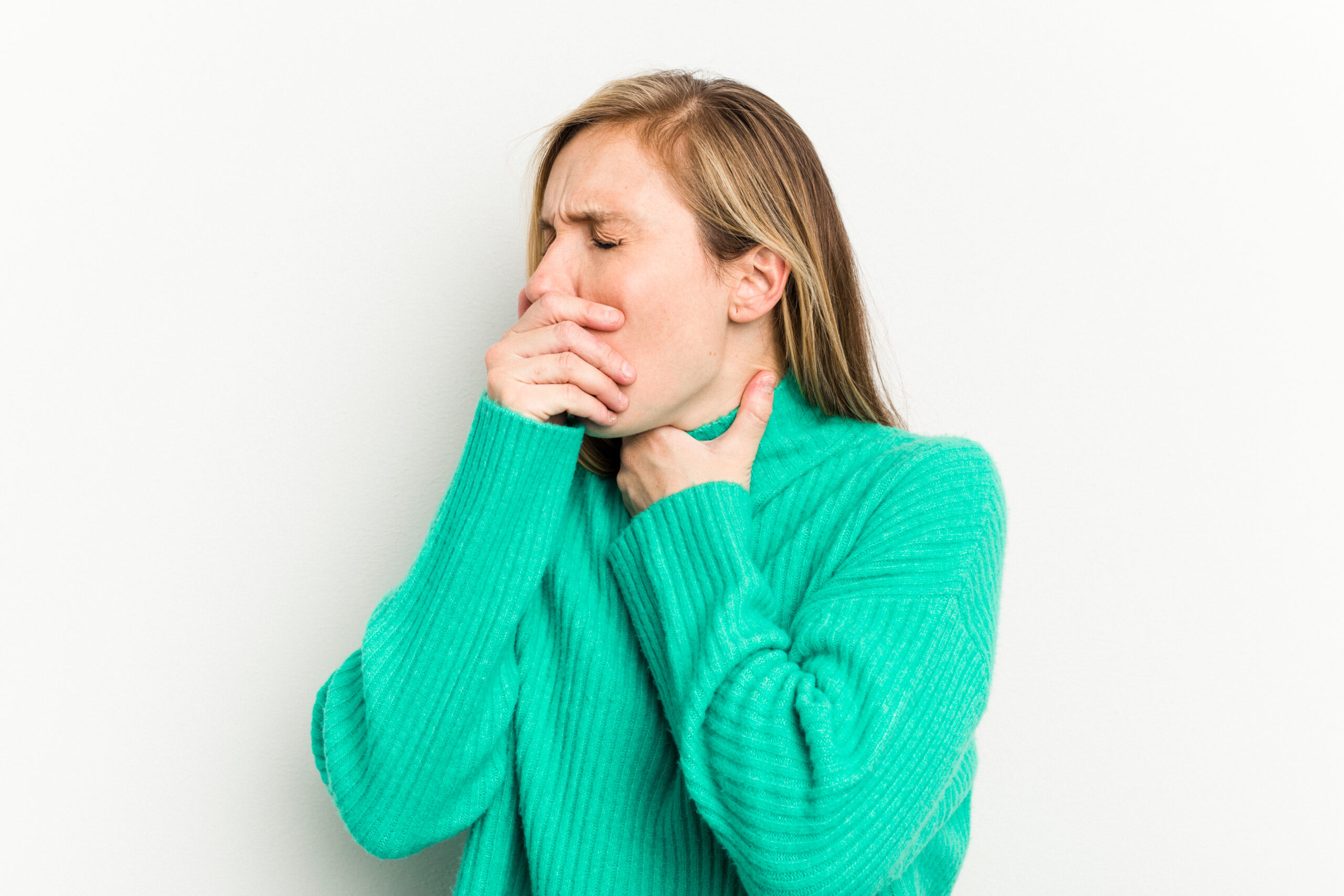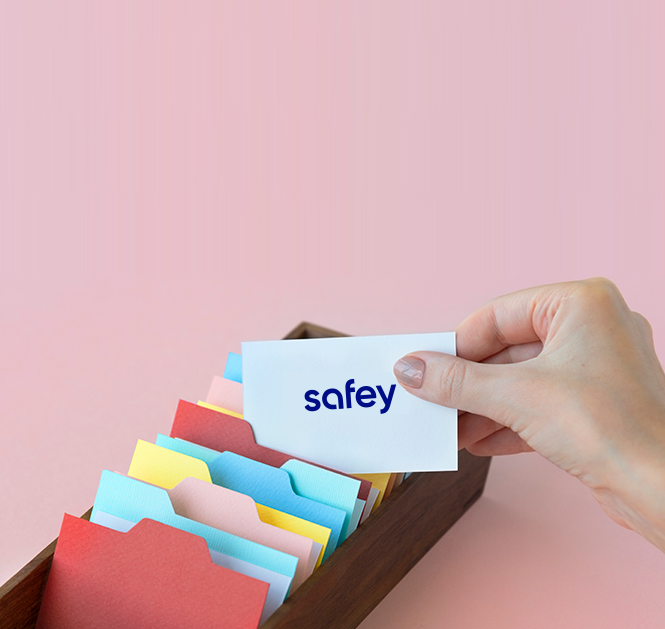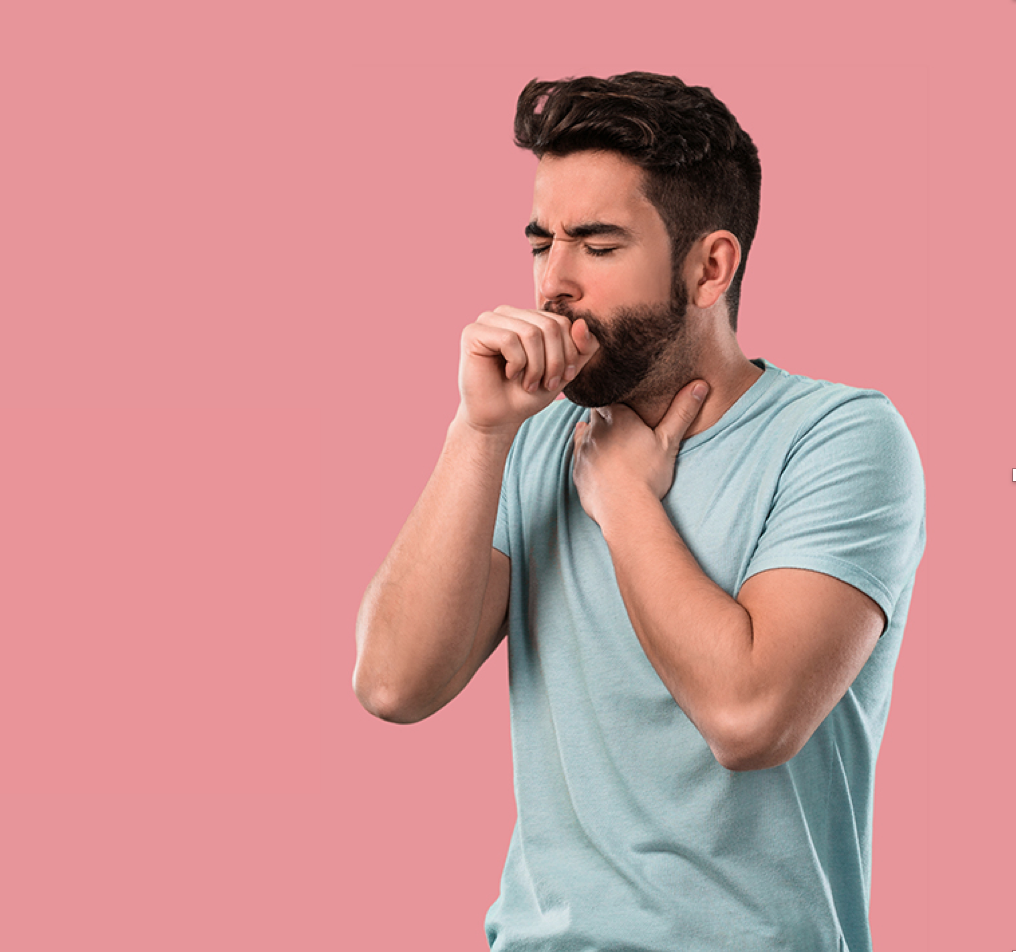
10 Ways To Stop An Asthma Attack In Its Tracks
The below content is derived from research done using sources available on the internet. Safey Medical Devices Inc and its subsidiaries do not take any responsibility for the accuracy of the content. No medical decision should be taken on the basis of below content without consulting with your Medical Practitioner.
10 ways to prevent an asthma attack from happening. From making changes in the home, to keeping an eye on pollen count and taking the correct medication, it’s important to monitor your asthma condition carefully. By following these helpful steps, you can stop asthma attacks in their unwanted tracks.
Scary, worrying, and generally considered as preventable, someone in the UK is admitted to hospital every 8 minutes, because of an asthma attack.
Whilst there is not current cure for asthma, there are treatment options widely available. From preventer inhalers and reliever inhalers, to injections and montelukast tablets.
If you have been diagnosed as having asthma, you should ensure to take your medication as prescribed, monitor your breathing habits and focus on trigger identification. These can all help to prevent an asthma attack – also known as an asthma flare-up or episode.
So, how can you spot the early warning signs of such an episode, and what steps can you take to prevent them?
Here are ten helpful ways to stop an asthma attack in its unwanted tracks…
Early Warning Signs
There are several early warning signs or changes which will make you aware of a particular asthma episode or exacerbation.
These changes will kick in even before the symptoms of your asthma take place.
They are known as the earliest signs of asthma getting worse.
The majority of these signs won’t be severe enough to stop you from living your day to life or undertaking daily affairs.
Most people will be aware of any asthma symptoms and can recognise these early warning signs. It’s important to try and be aware of these, as it can help to stop an asthma flare-up or stop it from worsening.
These signs include:
- Frequent cough. This will be more obvious at nighttime.
- Shortness of breath
- Fatigue, weakness and wheezing during and after exercise
- Feeling unusually irritable, moody and tired.
- Issue with sleeping, restless at night
- Changes in your peak expiratory flow rate
- Signs of a cold or an upper respiratory infection.
Such as sneezing, runny nose, sore throat, headache and cough.
Not everyone will experience the same asthma early warning signs and your own signs will be unique to your own asthma condition.
Understanding the early warning signs of your own asthma will help when it comes to the prevention of an asthma episode and you may also be able to prevent such a flare-up by increasing your asthma medication.
This should be outlined in your own individual Asthma Action Plan.
What Can You Do To Help Stop An Attack?
Upgrade your bedding
A major allergen for asthma is the common house dust mite. And house dust mites have been shown to be important sources of indoor allergens associated with asthma and other allergic conditions.
To help rid your your home of these irritants, those who suffer with asthma should ensure to wash bedding weekly in hot water of 140 degrees Fahrenheit (60 degrees Celsius) in order to get rid of dust mites.
Some studies also suggest that feather bedding may be less likely to cause asthma, so it might be time for a full bedroom overhaul and change your duvet and pillowcases to suit your needs and stop an asthma flare-up from rearing its ugly head.
Banish pets from the bedroom
Contact with a cat can lead to chronic asthma and can also trigger an asthma attack. According to the American Lung Association, some people are allergic to pets, meaning that for them, breathing animal allergens can make respiratory symptoms worse and lead to a decline in the ability of the lungs to function.
Dr Shubhranshu, Asthma specialist at Narayana Hospital in Bengaluru, India says “As per studies, approximately 15-30% of allergy sufferers are allergic to pet dander (hair).”
Pets and pet dander is difficult to avoid entirely as they become part of the family. But it’s important for asthma sufferers to be aware of such close contact with their pets. Try to keep them away from the bedroom and any pieces of furniture that you regularly use.
Reduce damp and mould in the home
Mould and fungi are known asthma triggers. Various research highlight the link between mould and respiratory conditions. With One such study showing that dampness and molds in the home are indeed determinants of developing asthma.
To try and help reduce mould in your home, ventilate as well as you can, particularly in areas with high levels of damp such as the bathroom. If you live in a basement or ground floor flat, it may be worthwhile to invest in a dehumidifier as way to soak up the excess moisture.
Avoid areas where people smoke
Breathing in smoke can trigger an asthma attack. This is also true of passive or secondhand smoke, whether it be lurking in clothes or furniture. It’s important to be mindful of this when visiting friends and family, and also when travelling.
Where possible, always ask to stay in a smoke-free hotel room and reduce your exposure to smoke.
Avoid harsh cleaning products
Household cleaners can be an asthma trigger for some, as they can give off harsh chemical fumes. When using these in the home, try to avoid inhaling the fumes and where possible, use natural products where you can.
Reduce stress
Stress can be extremely difficult to manage, as it resides in all walks of in everyday life. But at times of worry or if you feel that your emotions have been heightened due to a recent event, try to take steps to manage your stress levels accordingly.
Studies have shown that stress accentuates the airway inflammatory response to environmental triggers, therefore increasing the frequency, duration, and severity of patients’ symptoms.
Taking a step back from stress and focusing on relaxation can really help to control your symptoms.
Exercise indoors
You may think that asthma equals no exercise. But physical activity is extremely important.
If you suffer with exercise induced asthma or EIB, speak with your doctor about ways in which you can manage this, such as exercising indoors when the weather is at extremes of hot or cold. Your GP can also prescribe specific medication for this type of asthma to help avoid an asthma attack.
Allergies and air pollution
There is a very strong connection between allergies and asthma. If you suffer with hayfever – also known as allergic rhinitis – speak to your doctor about medications to help with your symptoms and take these as directed.
When the pollen count is particularly high, try to limit outdoor activity as much as possible and ensure windows are shut when you are inside.
Poor air quality can make asthma symptoms worse, as can hot or humid weather. So if a high pollution alert has been communicated, try to limit your outdoor activity.
Smart Inhaler
A way to help with your asthma condition is by utilising a smart inhaler. The Safey Health Smart Inhaler is an effective solution of smart hardware and software to make asthma care management easy and effective.
From remote monitoring to proper dosage control, the smart inhaler makes it easier for both you and your doctor to spot when your symptoms are getting worse.
Keep quick-relief asthma medicines readily available
It’s important to always carry around quick-relief medication to prevent an unwanted attack. And when it comes to looking after your child’s asthma? Speak to your child’s school and take steps to follow policies to ensure they can carry an inhaler and any other emergency rescue medications.
Managing your asthma condition can be a challenge and there will be times when an asthma attack will raise its head no matter what steps you have taken to ensure otherwise.
But there are lots of tweaks you can make in the home and when you are outside to keep your symptoms in check in order to limit your risk of a flare-up and to live a normal life.









